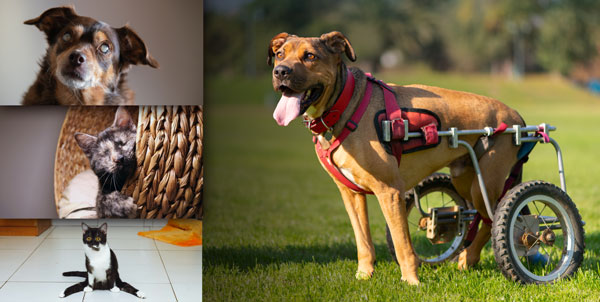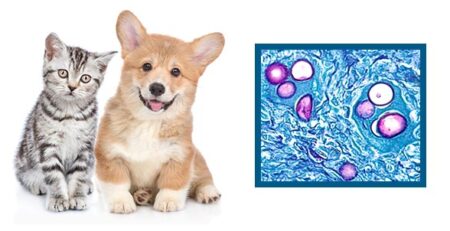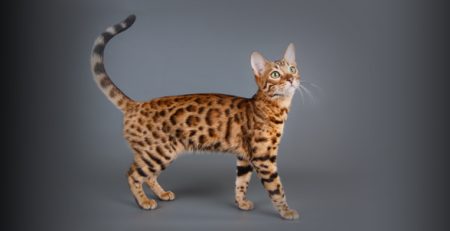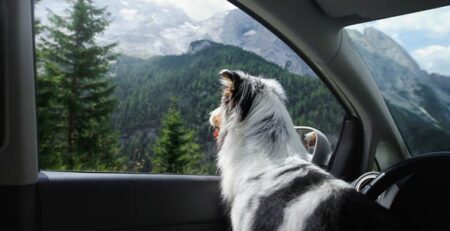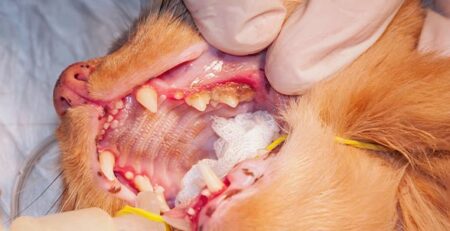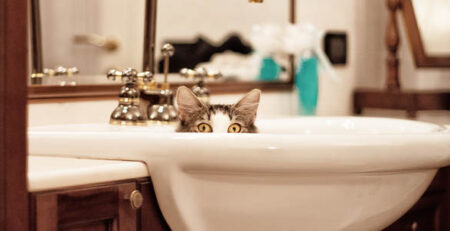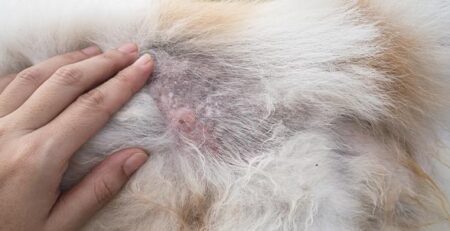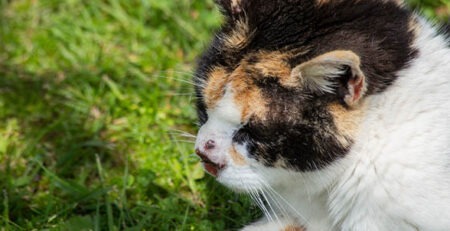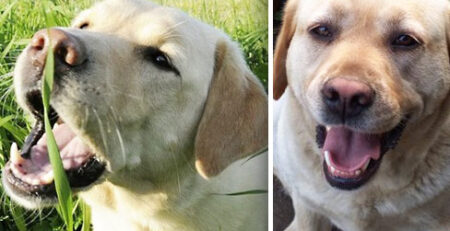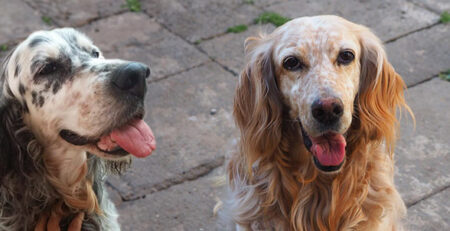Table of Contents
Disability in the dog, cat, and all other animals: a different perspective
Disability, a concept widely discussed in reference to humans, takes on different meanings in the animal kingdom.
In contrast to humans, where disability is often accompanied by a series of social, physical and psychological challenges, in animals the situation is totally different, not only because of the lack of social expectations, but also because of the extraordinary adaptive abilities that these creatures possess.
The error lies in seeing disability in animals through the lens of limitations typical of humans
In the animal context, disability can manifest itself in many forms, including motor problems, congenital malformations, vision or hearing loss, and other conditions that can seemingly limit their normal daily behaviors.
However, it is important to note that animals have incredible resilience and adaptability that enable them to deal with these challenges in unique and surprising ways, unlike humans.
When confronted with social and environmental barriers, disabled animals are not affected by these factors.
Their social life, based mainly on natural instincts and direct interactions with the environment, enables them to develop effective strategies to overcome their limitations.
Many disabled animals succeed in integrating their difficulties, learning to compensate for their shortcomings and managing to live full, active and rewarding lives.
Case in point: dogs see with their noses and cats see with their vibrissae
Dogs and cats are distinguished by their unique sensory abilities.
While dogs are famous for their extraordinary sense of smell, cats excel in tactile and spatial perception because of their vibrissae.
The sense of smell in dogs
Dogs possess a remarkably developed sense of smell, which is about 10,000-100,000 times more sensitive than that of humans.
This extraordinary sense allows them to perceive smells at considerable distances and even in unfavorable weather conditions.
The anatomical structure of dogs’ noses plays a crucial role in this ability.
A dog’s nose is equipped with millions of olfactory receptors, far more than the five million found in the human nose.
In addition, the inner surface area of the canine nose is much larger, with an area of about 150 square centimeters.
These receptors send signals to the brain, where odors are processed and interpreted. This process enables dogs to detect chemicals, identify things, people and other animals.
What cats’ vibrissae are for
Cats have a different sensory system, distinctly characterized by their vibrissae.
These long, thick bristles, located mainly around the muzzle and on the forelimbs, are one of the main tools of orientation and environmental perception for felines.
Vibrissae are extremely sensitive sensors.
Connected to nerve endings, these bristles react to small changes in the environment, such as air movement and the presence of nearby objects.
With this information, cats can measure spaces and adapt their behavior based on that perception.
Vibrissae allow cats to orient themselves in confined spaces without the aid of vision.
In the wild, this helps them deal with hunting situations, allowing them to silently approach prey.
Even in low-light conditions, felines can use their vibrissae to avoid obstacles and maintain perfect balance as they move.
Basically, dogs and cats can “see” even if they are blind.
Similarly, deaf dogs and cats become accustomed to communicating through visual signals and vibrations, developing emotional bonds and deep interactions with humans and their fellow humans.
Understanding how dogs and cats perceive the world: the concept of disability
Dogs and cats provide a fascinating demonstration of how different sensory abilities are influenced by evolution and adaptation to specific lifestyles.
In nature, many animals show amazing adaptability.
Birds that cannot fly can find alternative ways to search for food, while some mammals with injured limbs learn innovative techniques to move and survive.
These observations highlight not only the resilience of animals, but also their ability to thrive despite adversity.
The role of the human
Human intervention plays a significant role in the lives of disabled animals.
The care and attention we can provide, through adoption, physical therapies and technological innovations, can make a big difference.
Disabled animals can receive specialized veterinary support, physiotherapy and individualized care to improve their quality of life.
In many situations, the presence of a loving guardian can transform the life of a disabled animal by providing love and security, elements that are essential for psychological and emotional well-being.
The empathetic and mindful approach to disabled animals not only enriches the lives of these creatures, but also offers a valuable lesson to humanity about the power of adaptation and the beauty of diversity.
Through our support and understanding, we can ensure that all animals, regardless of their disabilities, can enjoy a full and fulfilling life.
For a consultation, to refer your dog or cat for a checkup or arrange periodic check-ups, contact the veterinary doctors on our staff who are always available to you.
We would also like to remind you that Clinica La Veterinaria is always open h24 every day including holidays and with First Aid service from 8 pm to 8 am.

